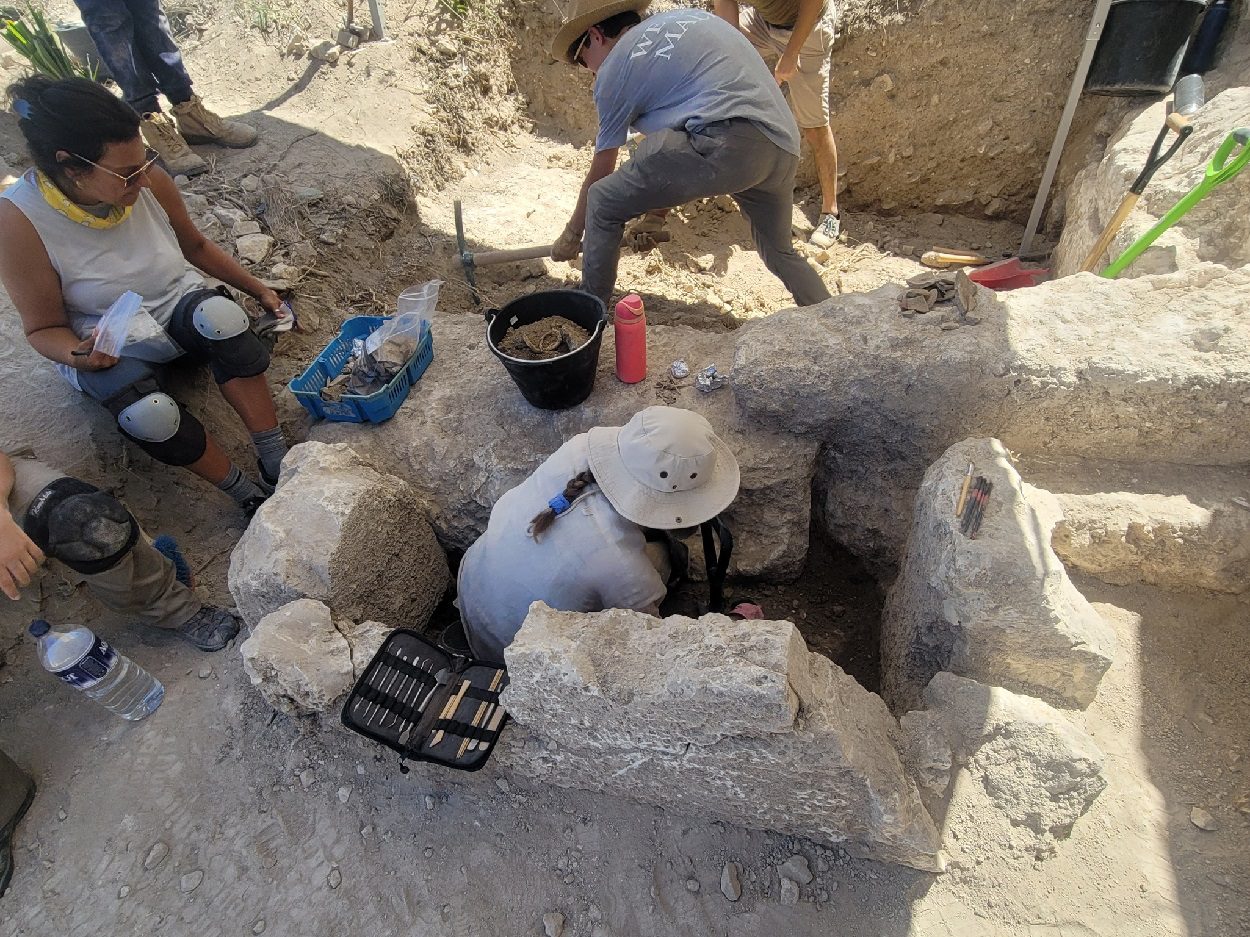A team of archaeologists from the University of South Florida (USF) have excavated a Roman townhouse in the ruins of ancient Melite, located in present-day Mdina on the island of Malta.
Melite came under Roman rule during the Second Punic War, when Roman consul Tiberius Sempronius Longus, sailed a fleet to capture Malta from the Carthaginians in 218 BC.
Very little is known about Melite’s urban layout from the Roman period, and various architectural elements from the city ruins were taken to be repurposed in more modern buildings from the late 17th to the 19th centuries AD.
Today, the most substantial remnant of Melite is the Domvs Romana, a domus that dates from the 1st century BC until it was abandoned sometime in the 2nd century AD.
The domus was likely used as a residence by a representative of the emperor or some very wealthy individual very close to the imperial court, and was decorated with Pompeian style mosaic floors, wall frescoes and marble.
Near to the Domvs Romana, USF archaeologists have uncovered a roman townhouse with 10-foot-tall walls, a height that is unusual for Roman buildings in this part of the Mediterranean.
According to the researchers, the discovery will provide a better understanding of the urban fabric of ancient Melite and the area’s spatial configuration, a process that explains the human experience and behaviour based on the surrounding structural environment.
Excavations of the townhouse indicate that it was high status and was likely decorated with terracotta floor tiles and frescoed plaster. The team have also uncovered an ancient waste disposal system full of fragmented pottery, glass vessels, animal bones and charcoal.
Davide Tanasi, professor and director of USF’s Institute for Digital Exploration (IDEx), said: “It was literally the garbage disposed by whomever lived in the house,” Tanasi said. “By studying this deposit, we will learn a lot about the life of who lived in the house. It is surprising how much you can learn about people from their garbage.”
Header Image Credit : Davide Tanasi





